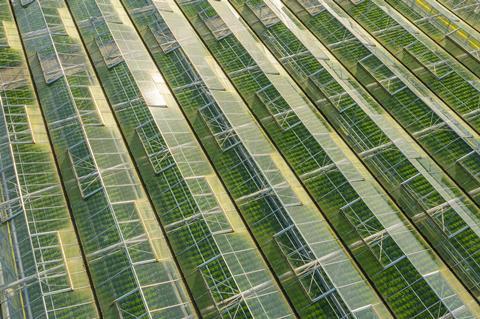
Just last week, new signs were created for 200 environmental terms in British Sign Language. It’s a timely reminder that language shapes actions.
In grocery, the language of sustainability remains negative. Legislation, net zero targets and extended producer responsibility (EPR) have put blinkers on how we discuss sustainability. It’s compounded the general consumer sentiment that businesses are either hopping short-term onto the bandwagon or taking a tick-box approach.
Terms like ‘greenwashing’ are further adding to the negativity, as are stories about brands ignoring their 2025 sustainability pledges and creating new, lower targets for 2030 instead.
So perhaps we’re better off setting aside the language of ‘reduction’, ‘waste’ and ‘cutting’ – and instead adopting a positive outlook of investing in our future, thinking upstream and focusing on what the IMF calls the ‘path to green’.
After all, no business wants to be perceived as the slowcoach when others are taking positive strides forwards. Look at Walmart, which launched Project Gigaton to remove one billion tonnes of greenhouse gas emissions from its product supply chains by 2030. It’s already 57% of the way there, with no intention of stopping when it hits that goal.
Power of data
As with most business decisions in grocery, data is the superpower here. Making decisions based on live, accurate data means having facts at hand that can authentically enable transparent communication – and education – with customers.
It enables us to use language that demonstrates progress, acknowledges the challenges ahead and sets clear targets to remain accountable, rather than the current negative vocabulary, which unwittingly compels us to focus on what we’re losing.
Our experience shows many brands and retailers make decisions on perception and a ‘gut feeling’ to do what’s right, rather than real-time and accurate data. In some instances, for example, plastic packaging will be the most sustainable option no matter what we might think.
The question therefore isn’t just ‘paper or plastic?’ It’s about communication and educating consumers, and ensuring we are considering all the relevant variables that contribute towards the complete environmental picture and therefore an accurate comparison.
Access to accurate data not only informs the choice, it also enables customer education in a positive and constructive way.
Positive affirmation
By recalibrating the discourse around sustainability to focus on what we’re gaining, we can drive deeper change, quicker.
Our brains are wired to embrace affirmative language. Instead of dwelling on the imperative to ‘cut’, ‘reduce’ and ‘diminish’, let’s embrace language that speaks to goals, aspirations and our collective endeavour: ‘achieve’, ‘pioneer’ and ‘invest’, for example.
This linguistic shift has a ripple effect, resonating from boardrooms to customers and fostering a sense of purpose and possibility.
Language shapes how we think about the world, so let’s use it to make a difference. Rather than speaking of sustainability as a barrier or burden, let’s convey a spirit of innovation, shared purpose and possibility.



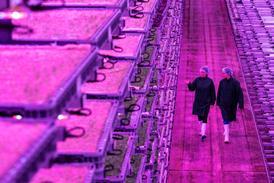



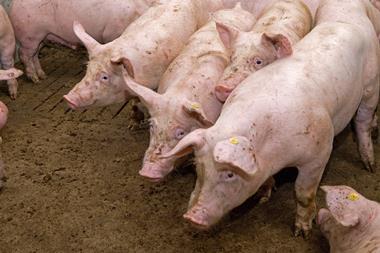

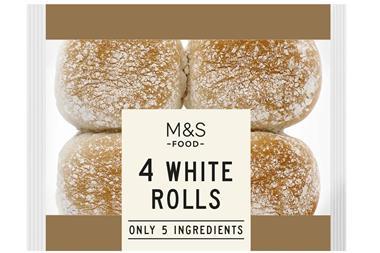
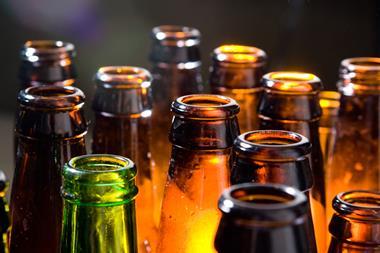

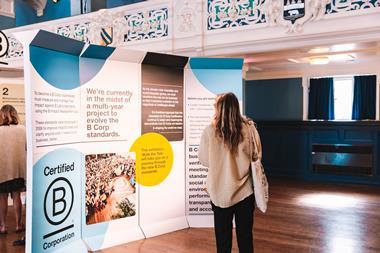
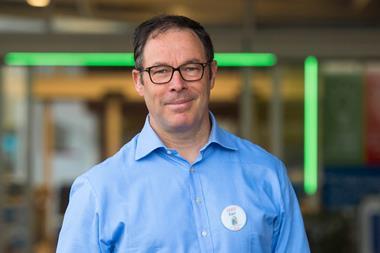


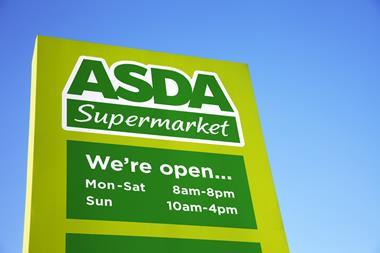

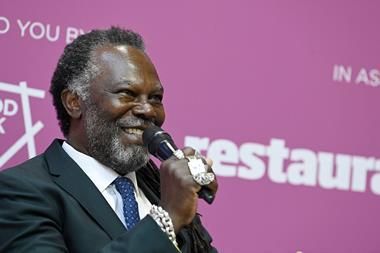
No comments yet